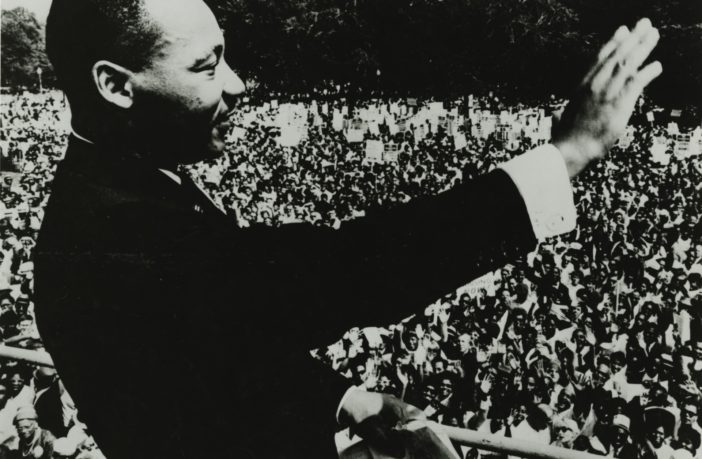On August 28, 1963, one of the most significant events in the course of modern history happened. Dubbed the March on Washington for Jobs and Freedom, 250,000 people bore witness to the power of collective unity in the struggle for equality in Washington, DC.
Taking place on the National Mall, the march was initially organized by the National Association for the Advancement of Colored People (NAACP), the National Urban League (NUL), the Southern Christian Leadership Conference (SCLC), Congress On Racial Equality and the Student Nonviolent Coordinating Committee (SNCC). Later, the United Auto Workers (UAW), American Jewish Congress (AJC), the Commission on Religion and Race of the National Council of Churches, the National Catholic Conference for Interracial Justice and the National Council of Negro Women joined the efforts of the other partnering organizations to expand their impact.
The March on Washington was organized in less than three months’ time and became the most successful blueprint for nonviolent protest that would be used for decades to come. Most notably, Martin Luther King Jr. delivered his iconic “I Have A Dream” speech, which not only outlined his hopes for the future of America but became a rallying cry for equity and justice that has been echoed globally since its first introduction into our culture. Aside from King’s speech, a list of demands for equitable wages and treatment were given in hopes that they would realign the country with what an inclusive American Dream could be.
In November 1963, EBONY published a cover highlighting the extensive impact and range of the protest with the headline “Biggest Protest March In History!” Within its pages, famed editor Lerone Bennett and others reflected upon the momentous occasion and the sentiments felt at the historic event through written excepts and riveting photos.
The March On Washington served as an example of EBONY’s mission to inform the Black community of issues integral to its stability and livelihood. Below are pages from this auspicious historical occasion that serve as reminders of how far our country has come while still having much work to do.



